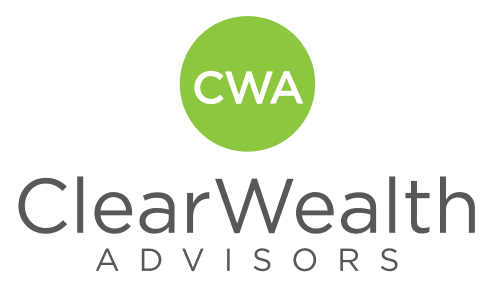The federal government has extended the Canada Emergency Wage Subsidy (CEWS) until December 19, 2020.
Enhanced Eligibility
The government has made the subsidy accessible to a broader range of employers by eliminating the requirement for a minimum 30 percent revenue decline.
Effective July 5, 2020, the CEWS will consist of two parts:
- A base subsidy available to all eligible employers who are experiencing a decline in revenues, with the subsidy amount varying depending on the scale of revenue decline; and
- A top-up subsidy of up to an additional 25 percent for those employers who have been most adversely affected by the COVID-19 crisis.
Base Subsidy
The base CEWS would be a specified rate, applied to the amount of remuneration paid to the employee for the eligibility period, on remuneration of up to $1,129 per week as shown in the table below
| Timing | Period 5*: July 5 – August 1 | Period 6*: August 2 – August 29 | Period 7: August 30 – September 26 | Period 8: September 27 – October 24 | Period 9: October 25 – November 21 |
| Maximum weekly benefit per employee | Up to $677
|
Up to $677
|
Up to $565
|
Up to $452
|
Up to $226
|
| Revenue drop: | |||||
| >50% | 60% | 60% | 50% | 40% | 20% |
| 0% – 49% |
1.2 x revenue drop
(e.g., 1.2 x 20% revenue drop = 24% base CEWS rate)
|
1.2 x revenue drop
(e.g., 1.2 x 20% revenue drop = 24% base CEWS rate)
|
1.0 x revenue drop
(e.g., 1.0 x 20% revenue drop = 20% base CEWS rate)
|
0.8 x revenue drop
(e.g., 0.8 x 20% revenue drop = 16% base CEWS rate)
|
0.4 x revenue drop
(e.g., 0.4 x 20% revenue drop = 8% base CEWS rate)
|
* In Periods 5 and 6, employers who would have been better off in the CEWS design in Periods 1 to 4 would be eligible for a 75-percent wage subsidy if they have a revenue decline of 30 percent or more (safe harbour rule).
Top-up Subsidy
A top-up subsidy of up to 25 percent will be available to employers who were the most adversely impacted by COVID-19. The top-up will be determined based on the revenue drop experienced by an eligible employer when comparing revenues in the preceding three months to the same months in the prior year. The alternative approach to the calculation of baseline revenues remains.
The following chart illustrates the calculation of the top-up:
| 3-month average revenue drop | Top-up CEWS rate | Top-up calculation = 1.25 x (3-month revenue drop – 50%) |
| 70% and over | 25% | 1.25 x (70%-50%) = 25% |
| 65% | 18.75% | 1.25 x (65%-50%) = 18.75% |
| 60% | 12.5% | 1.25 x (60%-50%) = 12.5% |
| 55% | 6.25% | 1.25 x (55%-50%) = 6.25% |
| 50% and under | 0.0% | 1.25 x (50%-50%) = 0.0% |
CEWS for Furloughed Employees
For Periods 5 and 6, the subsidy calculation for a furloughed employee will remain the same as for Periods 1 to 4.
Beginning in Period 7, CEWS support for furloughed employees will be adjusted to align with the benefits provided through the Canada Emergency Response Benefit (CERB) and / or Employment Insurance (EI). This will ensure equitable treatment of employees on furlough between both programs.
For Period 5 and subsequent periods, the CEWS for furloughed employees will be available to eligible employers who qualify for either the base rate or the top-up for active employees in the relevant period.
The employer portion of contributions in respect of the Canada Pension Plan, Employment Insurance, the Quebec Pension Plan, and the Quebec Parental Insurance Plan in respect of furloughed employees will continue to be refunded to the employer.
Eligible Remuneration, Eligible Employers and Employees
There were no changes announced to the definition of eligible remuneration or eligible employers.
Effective July 3, 2020, the definition of eligible employee no longer excludes employees who are without remuneration in respect of 14 or more consecutive days in an eligibility period.
What Does This Mean?
The government continues to recognize that adjustments are required to government programs as Canada moves from response to recovery.
This situation is dynamic and government programs can change. To stay up to date and receive more insights from our team, visit the CRA website directly


